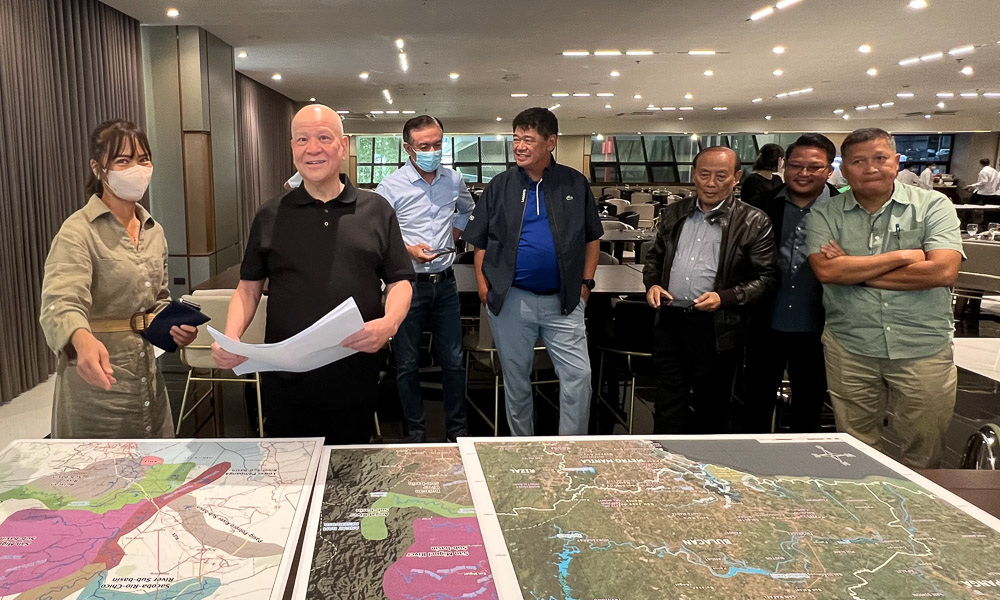
At a recent briefing for the media held at the San Miguel Corporation head office, SMC president Ramon S. Ang himself headed the proceedings, personally explaining to a group of journalists the issues and the challenges facing SMC’s New Manila International Airport project, and the accusations of flooding that the airport is supposedly causing (or will cause once completed). Which Ang addressed, point by point.
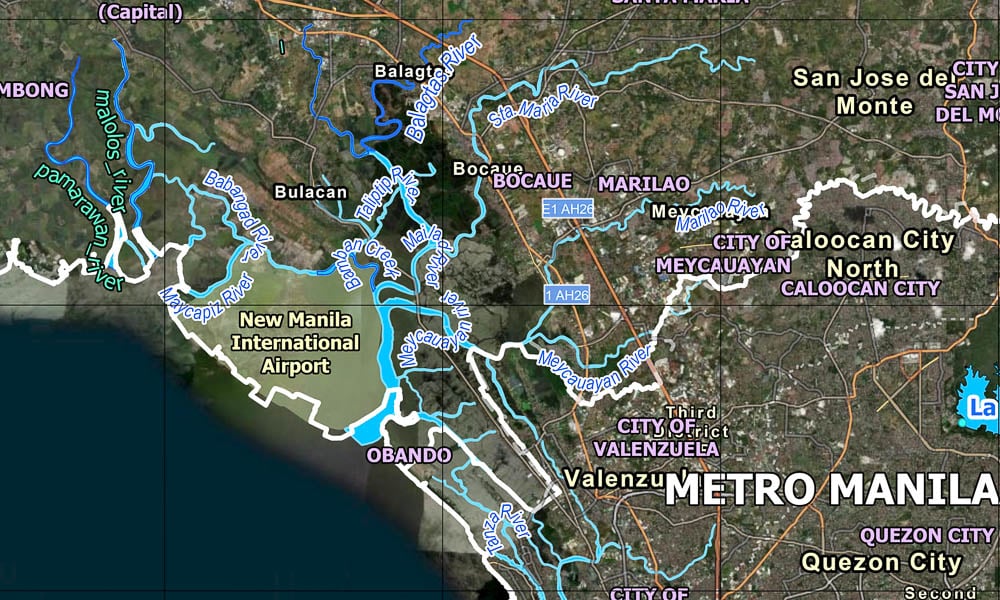
1. The NMIA airport complex project and the Airport City development will not be built on reclaimed land. Rather, the airport sits on existing low-lying titled land, as evident from maps from the Department of Environment and Natural Resources (DENR) and the National Mapping and Resource Information Authority (NAMRIA) dating back to four decades ago.
Thus, it poses no risk of flooding as it is a natural geographic feature of the area. It has been converted to fishponds in the previous decade, but has been unused since SMC started acquiring pieces of contiguous property in the area for over 20 years, according to Ang.
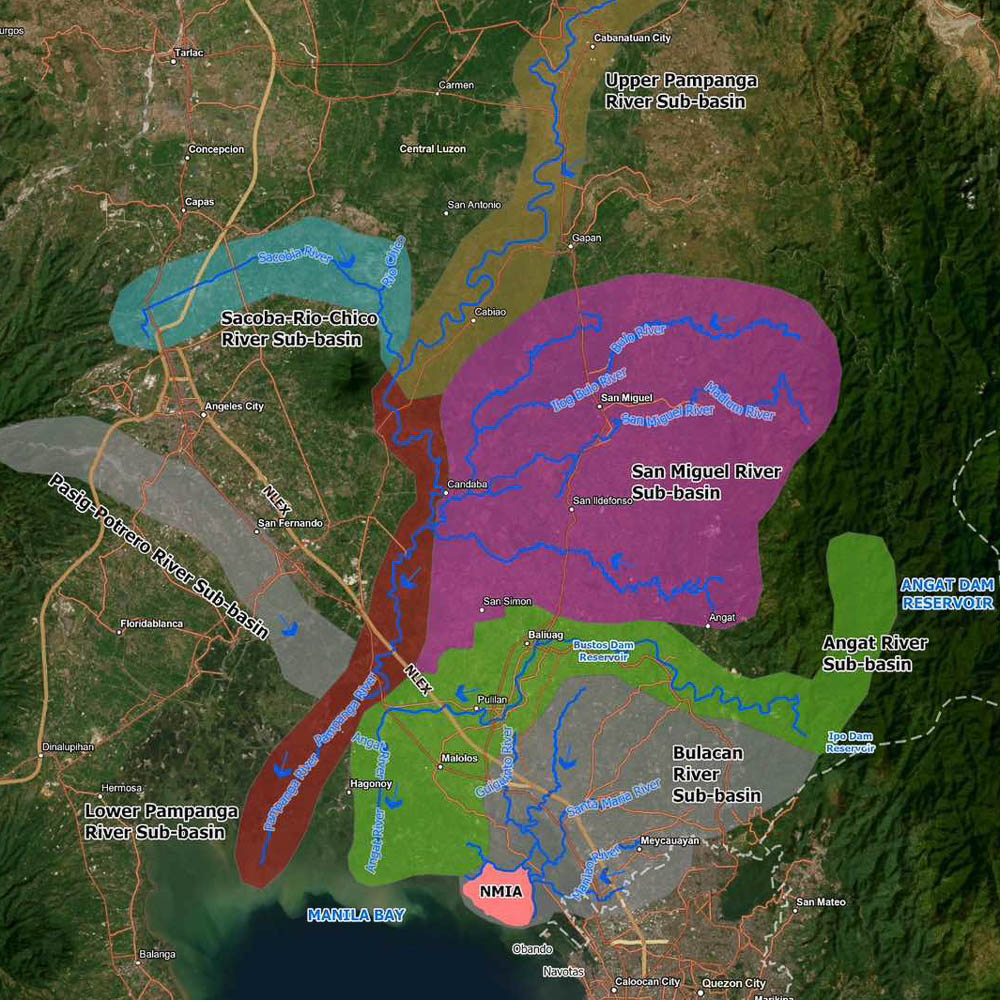
The property has slowly submerged below sea level due to flooding from heavily silted rivers, waterways, and tributaries around the area over the years. Along with the over-extraction of groundwater in the property, this makes it more susceptible to land subsidence in the process.
“The airport project does not involve reclamation,” Ang said. “The project site has existing, valid land titles indicating its original status as land. We are redeveloping it to its former state ensuring its productive and sustainable use for the future.”
The redevelopment is being done with international experts and partners including the global maritime services expert Royal Boskalis, ensuring that NMIA follows the strictest international standards in environmental and social impact mitigation.
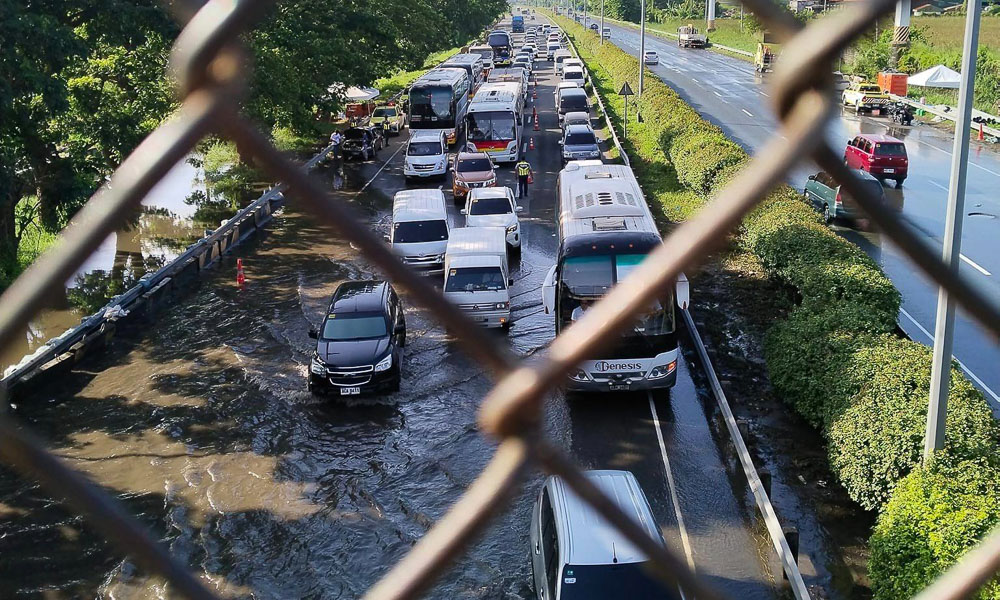
2. The flooding that NLEX commuters experienced during and right after Typhoon Egay and the heavy rains that ensued particularly at San Simon was not caused by the NMIA project. “The airport is over 20km or so away from the site of the flooding, which is on much higher ground and is upland from the airport,” Ang stated. “How can it (the airport) cause the flood when it’s so far away?”
The main source of the flood was actually a chokepoint at Tulaoc Bridge. Heavy silting and garbage had clogged up the path of the river flow underneath the bridge, integral to the drainage of runoff water in the area to larger waterways that feed to Manila Bay.
As a show of support to Ang, Pampanga governor Dennis Pineda was present along with officials from the Department of Public Works and Highways. And yet, despite having no obligation to do so, Ang said they would dredge and desilt the river underneath Tulaoc Bridge to prevent flooding again in the future. SMC is just waiting for the DPWH and the other relevant national agencies to issue the necessary permit for SMC to begin dredging the area.
When asked why SMC would spend the time, the energy, and the resources to do this, Ang nonchalantly replied: “If kaya natin, gawin na natin.”
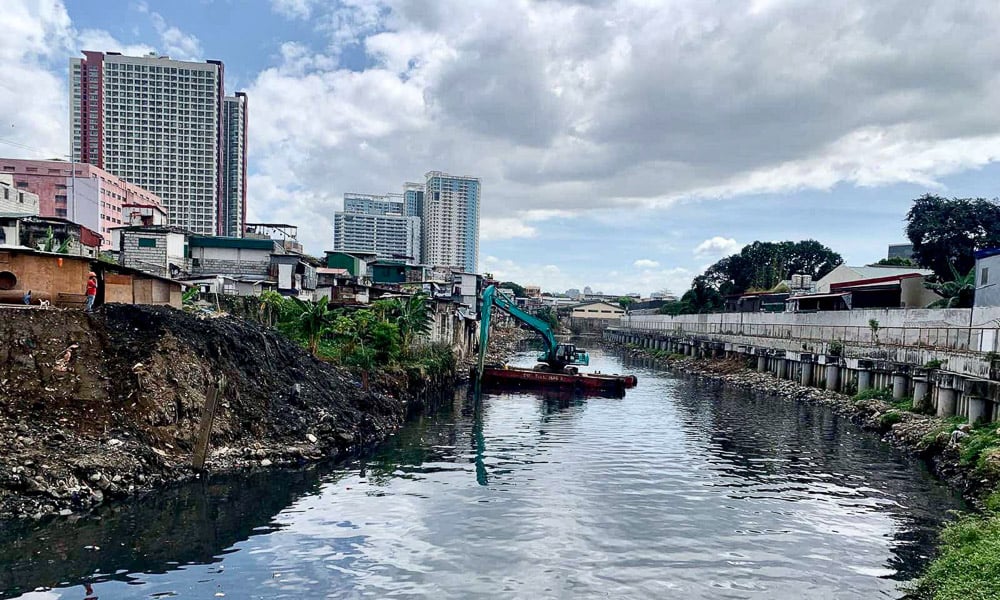
3. SMC has spent P3 billion in the last three years dredging up and desilting the Pasig and Tullahan rivers, having already removed 1.4 million tons of silt and garbage. The next logical step is to dredge and desilt the smaller waterways, tributaries, and secondary rivers to prevent flooding to the NMIA project and the neighboring regions.
Metro Manila and its low-lying areas (like parts of Pasig City, Marikina, and Cainta) have already benefited from very little to no floods these last few years, thanks to the efforts of SMC. They have a fleet of 20 dredgers working at full capacity to dredge and desilt the waterways in question.
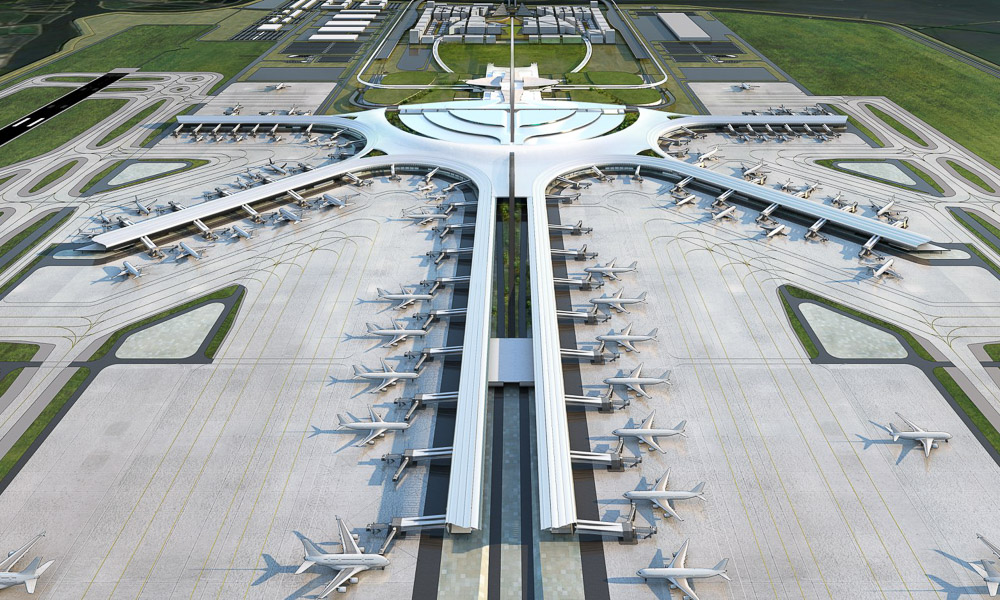
4. The NMIA project itself, once completed, will greatly decongest NAIA. This is thanks to it having four runways versus NAIA’s two, with its 240 gates and the ability to service 70 million passengers annually when fully operational. Ang promised that two runways would be operational by December 2026, and all four would be operational by the middle of 2027.
Also, the new airport terminal in Caticlan, the gateway to the island paradise of Boracay, will start as soon as the government issues certain concessions it has committed to. The new Caticlan terminal can be finished in as fast as 18 months, and will have the capacity to handle seven million guests annually.
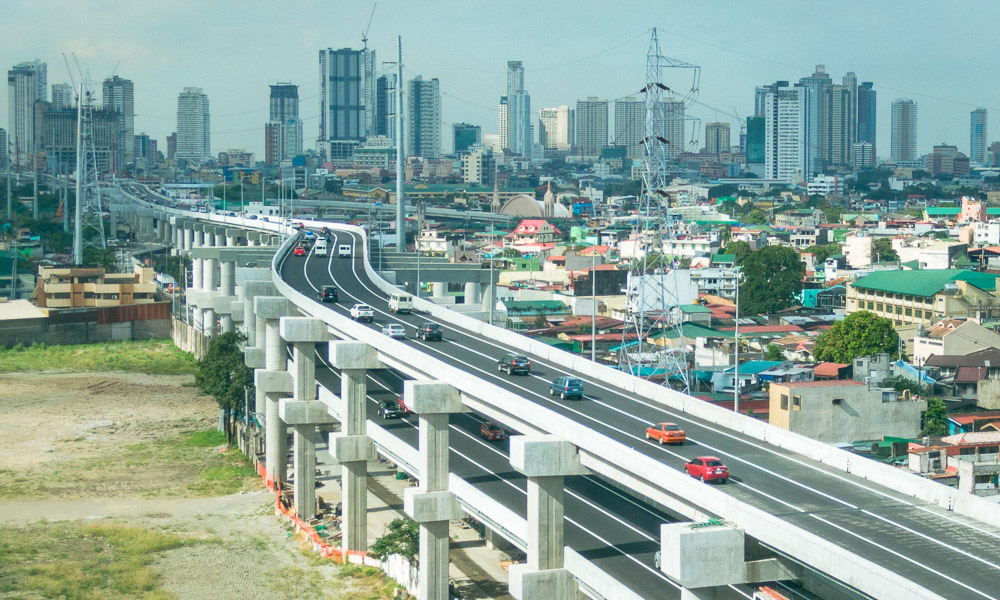
5. SMC will build entry and exit ramps on both northbound and southbound lanes of Skyway Stage 3 in the areas of Shaw Boulevard/Kalentong Avenue. The exit will increase connectivity in and around Metro Manila via Skyway Stage 3, further decongesting the other non-toll thoroughfares of the metro.
It will be a major boon for motorists who need to get in or out of the megalopolis, or bypass it completely as it crosses from north to south of NCR. SMC expects the Mandaluyong LGU to issue the permit soon, and RSA wants to finish the exits to be usable by the middle of 2024.
With so many positive infrastructure developments, things are slowly looking up for the Philippines.


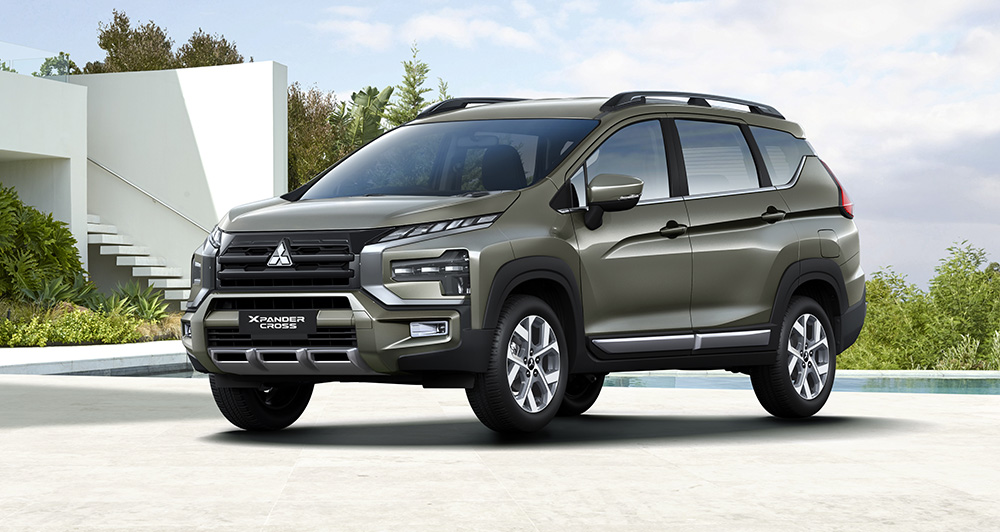


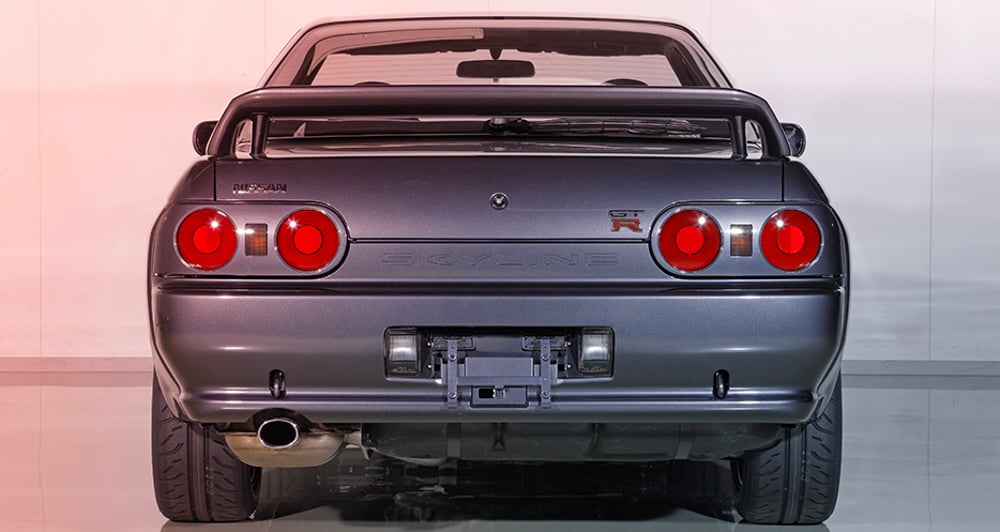


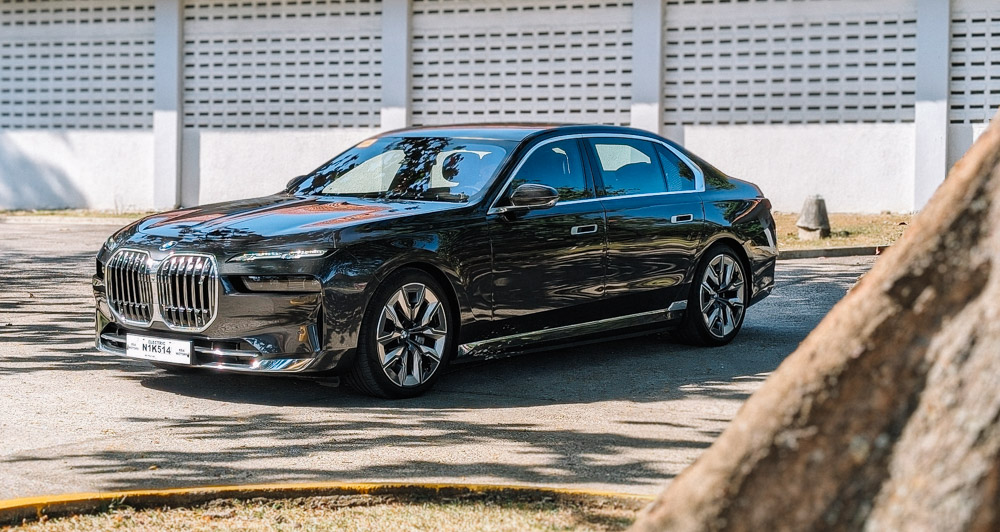


Comments